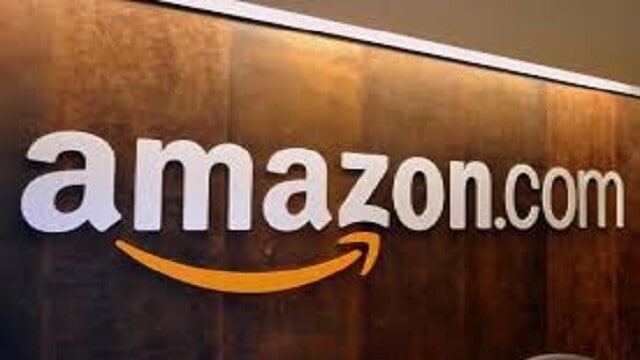Amazon.com, Inc. Prime Day was a bid to tempt consumers to becoming Prime members. At $99 a year, Prime membership offers a host of perks, but the main draw is the two-day free shipping on thousands of items.
But according to The Harvard Business Review, the free shipping comes at a cost, and a simple tweak to the existing Prime membership model could make a big difference to Amazon profitability, and create an even bigger threat for physical storefronts.
Amazon Losing $2 Billion a Year on Prime Shipping
The unlimited free shipping for Prime members has been Amazon.com, Inc. most potent tool to ease out competition. But the company annually loses up to $2 billion on Prime shipping, the HBR reported, citing data from Forrester Research. If that figure were to be true, it would represent more than 10 times the $178 million in operating profit the company recorded for fiscal 2014.
Such unlimited offers encourage over-users, which in turn, leads to outsize losses. To drive home that point, the Harvard Business Review cited the example of Red Lobster’s 2003 Endless Crab deal, which was so popular with customers that it ultimately ended up hurting the restaurant’s bottom line.
This was immediately followed by disappointing earnings from parent Darden Restaurants that led shareholders to wipe out $405 million in market capitalization in one single session; the worst sell-off in Darden’s entire trading history.
Tweak Prime Membership to Discourage Overuse
To offset the high costs without driving away Prime members, the report suggests a slight modification in the shipping offer. By limiting the number of free shipments to just 15 a year for the existing Prime rate of $99 annually, and charging $1 for any additional shipments, would greatly minimize the risks of consumer overuse.
“It’s time for brick and mortar retailers to be on the lookout. With an enhanced Prime program, focus on same day delivery, and now its own holiday, Amazon is clearly setting its sights on fully invading land-based retail territories,” the HBR said.
Prime Day Overshadows Black Friday
Though no official figures were released, Amazon.com, Inc. said that Prime Day peak order rates surpassed that of Black Friday last year. However, not all was smooth sailing, as the company had to endure negative feedback on social media.
A large number of shoppers stayed up till early hours to be first in line for the 24-hour sale, but were disappointed by the quality of deals on offer.
Trusted & Regulated Stock & CFD Brokers
What we like
- 0% Fees on Stocks
- 5000+ Stocks, ETFs and other Markets
- Accepts Paypal Deposits
Min Deposit
$200
Charge per Trade
Zero Commission on real stocks
64 traders signed up today
Visit Now67% of retail investor accounts lose money when trading CFDs with this provider. You should consider whether you can afford to take the high risk of losing your money.
Available Assets
- Total Number of Stocks & Shares5000+
- US Stocks
- German Stocks
- UK Stocks
- European
- ETF Stocks
- IPO
- Funds
- Bonds
- Options
- Futures
- CFDs
- Crypto
Charge per Trade
- FTSE 100 Zero Commission
- NASDAQ Zero Commission
- DAX Zero Commission
- Facebook Zero Commission
- Alphabet Zero Commission
- Tesla Zero Commission
- Apple Zero Commission
- Microsoft Zero Commission
Deposit Method
- Wire Transfer
- Credit Cards
- Bank Account
- Paypall
- Skrill
- Neteller
What we like
- Sign up today and get $5 free
- Fractals Available
- Paypal Available
Min Deposit
$0
Charge per Trade
$1 to $9 PCM
Visit Now
Investing in financial markets carries risk, you have the potential to lose your total investment.
Available Assets
- Total Number of Shares999
- US Stocks
- German Stocks
- UK Stocks
- European Stocks
- EFTs
- IPOs
- Funds
- Bonds
- Options
- Futures
- CFDs
- Crypto
Charge per Trade
- FTSE 100 $1 - $9 per month
- NASDAQ $1 - $9 per month
- DAX $1 - $9 per month
- Facebook $1 - $9 per month
- Alphabet $1 - $9 per month
- Telsa $1 - $9 per month
- Apple $1 - $9 per month
- Microsoft $1 - $9 per month
Deposit Method
- Wire Transfer
- Credit Cards
- Bank Account



